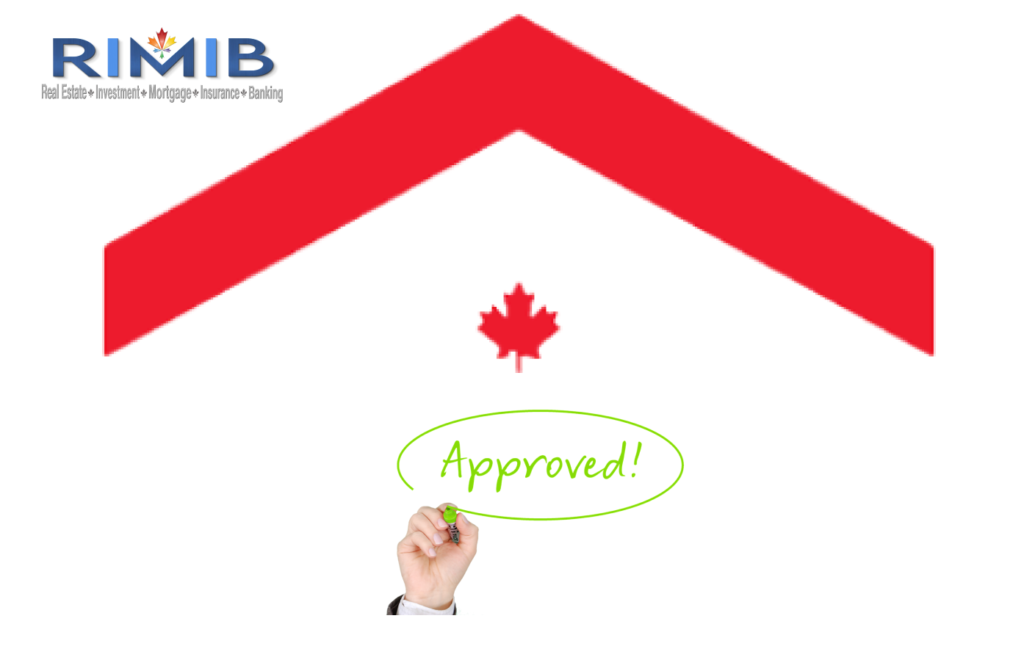Let’s Understand Mortgage Loan To Value Ratio (LTV)
Are you looking to own a house? Are you short of money and desirous of securing a mortgage loan? Well, for you, knowing about the Mortgage Loan to Value ratio (LTV) is almost mandatory.

Source: Freepik
The Meaning of LTV
A mortgage loan to value ratio is typically a percentage, which denotes how much loan you have secured against the asset’s purchase price. For example, if the LTV ratio is 80%, then this means that:
- The bank is lending you a mortgage loan, which is 80% of the purchase price of your asset.
- You need to gather the balance funds, which is 20% of the purchase price from your savings or as a mortgage gift.
Using the LTV ratio, the banks can assess the lending risk they have assumed while extending the mortgage loan. The associated lending risk and the LTV ratio maintain a direct relationship. That is:
- The higher the LTV ratio, the higher will be the bank’s exposure and the lending risk
and
- The lower the LTV ratio, the lower will be the bank’s exposure and the lending risk
The banks usually get the house property as a mortgage for the extended mortgage loan. In the event of default, the banks foreclose the mortgaged house and recover the outstanding balance.
Thus, property value matters since the banks want to determine the current market worth with great caution. The banks usually hire appraisers who determine the value of the property concerned, preferably via the reasonable value route.
The appraisers investigate the most recent purchase price of a similar house that is often considered the property value.


How to Calculate the LTV Ratio?


We can calculate the Mortgage Loan to Value ratio following an uncomplicated process of division in the following manner:
Mortgage Loan To Value Ratio (LTV) = Mortgage Loan / Value of the House
Let us understand this formula and the concept of the LTV ratio through a practical example.
Alex Baldwin is a salaried professional living in rented accommodation in the Greater Toronto Area. He is currently looking for a condominium in Clarington and has even shortlisted one property with an asking price of $400,000. Further,
- He wishes to purchase the property via finance and is in touch with several lenders.
- A leading mortgage company is offering him a mortgage loan of $300,000 based on his credit history, annual income, and the condition/ quality of the mortgaged house.
In such a case, the LTV ratio will be:
Mortgage Loan To Value Ratio=$300,000 / $400,000=75%
Alex will arrange for the balance purchase price, $100,000 ($400,000 * 25%)
by securing a mortgage gift letter from one of his close relatives. As per the industry trends, any LTV ratio which is 80% or less than 80% carries minimal risk. Hence, there are high chances that Alex will get the loan, and that too at a competitive mortgage rate.
LTV and CMHC Mortgage Insurance


Owning a house is a dream. Indeed, this is true, and the Canadian housing market is booming.
Everybody wants to own their house, leading to robust housing demand, especially in areas like the Greater Toronto Area *GTA) and Vancouver. It has widely pushed the prices north, and now the homebuyers are required to pay through their noses.
As a result, most home buyers cannot gather the ideal 20% down payment and want to secure a higher LTV ratio, which is over 80%.
In all such cases, the home buyers will purchase the CMHC mortgage insurance policy. Presently, three different lenders in Canada offer it, which are:
- Canada Mortgage and Housing Corporation (CMHC)
- Genworth Financial and
- Canada Guaranty.
Out of all three, the CMHC is the apex body for such mortgage insurance. It frames all the rules. After buying this mortgage insurance policy, you can get a mortgage at an LTV ratio as high as 95%. It varies with the purchase price of the property, explained next:
| Purchase Price | Down Payment (in percentage) | LTV Ratio (in percentage) |
| $500,000 or less | 5% | 95% |
| $500,000 or more: 1. On the first $500,000 2. On the balance amount | 5% 10% | 95% 90% |
| $1,000,000 or more | Not applicable | Not applicable |
- Let us understand this requirement for a down payment through a practical example.
- Emma and Jack wish to purchase a house property with a tag price of $800,000.
- They have purchased a CMHC Mortgage Insurance Policy. They are asking for the highest LTV ratio from their lender.
- In such a scenario, they will pay the following down payment:
| Purchase Price | Down Payment (in percentage) | Down Payment (In dollars) |
| On the first $500,000 | 5% | $25,000 ($500,000 * 5%) |
| On the balance amount of $300,000 ($𝟖𝟎𝟎,𝟎𝟎𝟎−$𝟓𝟎𝟎,𝟎𝟎𝟎) | 10% | $30,000 ($300,000 * 10%) |
| TOTAL | $55,000 |
- Thus, Emma and Jack will be required to arrange for $55,000 in down payment and will get a mortgage loan of $745,000 ($800,000−$55,000)
- The LTV ratio in such a case is:
Mortgage Loan To Value Ratio=$745,000 / $800,000 = 93.125%
Besides,
If you want to buy a property worth more than $1,000,000, in most cases, you will muster at least 20% of the purchase price in a down payment, an LTV ratio of 80%.
However, lenders can increase this LTV ratio based on your credit history, sources and quantum of income, and the condition/ quality of your house property.



